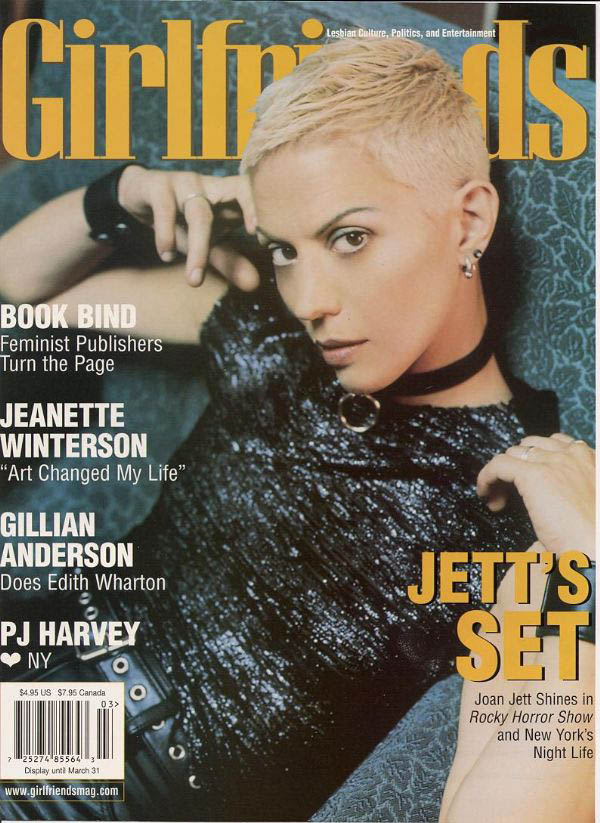Girlfriends Magazine
Jen Phillips
July 2002
From: Phillips,Jen. “Tea with Tania,” Girlfriends Magazine, July, 2002, San Franciso, United States (illust.) p.24.
ISSN: 2527685564
Tea with Tania
Jen Phillips
Her native Cuba is fertile artistic and ideological ground for lesbian artist Tania Bruguera. “Politics and political issues are always present,” says thirty-three-year-old performer and videographer. “The Cuban Revolution was, and still is, a highly symbolic construction. So, I guess, for Cubans, being an artist is not so strange.” This Caribbean melange of art and power may be best seen in Bruguera Estatica, a 1999 piece which used human hair, textiles, dirt, and blood to create a Cuban flag.
Her most recent work has been a bit more palatable. After the San Francisco Arts Institute commissioned her to start a new piece, Bruguera began looking for ideas. At the time she was living in Modinagar, an Indian village two hours from New Delhi. “There was no other image of power [in the town] other than the founder, who was also the owner of the steel factory there. This suppression of other symbols, plus the fact that tea was a traditional element in INdian culture, made me think about the suppressions of other realities.”
So tea, or actually tea bags, were the subject of her work. Knowing that she couldn’t (and more importantly didn’t want to) drink gallons of tea just to have the used bags, she began organizing “tea salons” in which the public was invited to come to the Arts Institute, drink tea, and sew dried tea bags into cushy, quilt-like panels that lter coated television screens playing Bruguera video art.
Though not specifically a “work,” a central element to Bruguera art is her partner of five years, novels Achy Obejas. Also from Cuba, Obejas sometimes “sees things I don’t even notice,” says Bruguera. “We talk a lot about what I’m going to do… I think we work narrative in different ways but it’s good sometimes to have to defend your ideas,” The two are starting an art project abou Havana tourism, though “if there is any text involved, for sure she is the editor and translator.”
